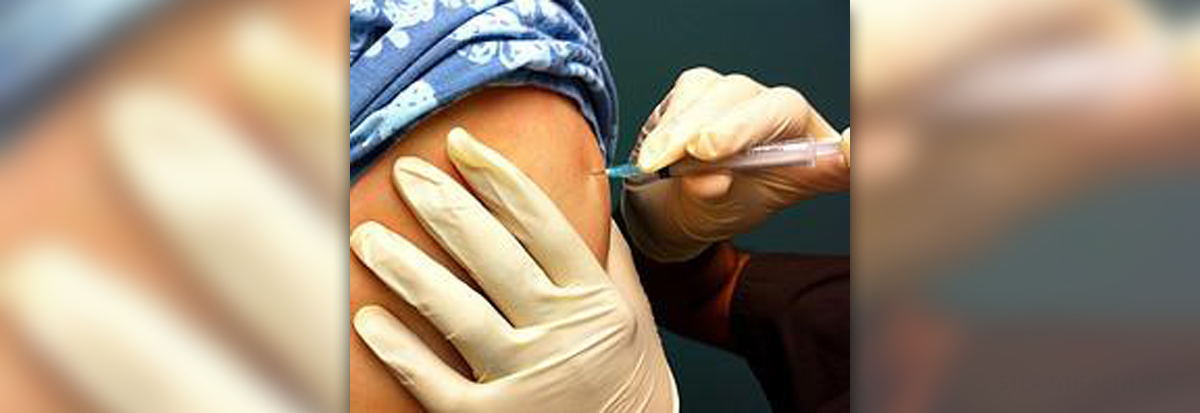
Tetanus is a severe medical condition caused by Clostridium tetani, a bacterium that, after entering the body via cuts or injuries, easily reaches the nervous system and precipitates prolonged contractions of skeletal muscles. In the majority of cases wounds and cuts/injuries that interrupt the skin's integrity are contaminated with the bacterium. The condition is also known under the name 'lockjaw' because at some point muscle spasms affect the jaw making it practically impossible to open. Today infection caused by Clostridium tetani rarely occurs because there are vaccines which efficiently provide with immunity for certain period of time. Revaccination is a must because the vaccine does not provide with long-term immunity.
Symptoms and Signs of Tetanus
The condition affects skeletal muscles only and interferes with voluntary movement. After the wound contamination bacteria need some time to reach nerves and precipitate symptoms. Even though many times this incubation period lasts approximately 8 days there are cases when the first symptoms develop several months later. Basically, the distance of the contaminated wound or injury from the central nervous system determines how fast the symptoms will develop. What is more, the severity of tetanus is higher if the incubation is short. For instance, neonatal tetanus develops 4-14 days after birth and the disease can be terrifying.
Around 80% of all affected individuals develop generalized form of the disease. Generalized tetanus first affects upper portion of the body and then spreads to lower portion acting in a descending pattern. Initially, there is a so called trismus, an inability of one to open his/her mouth. What follows are facial spasms (risus sarcodinus). Additional health problems develop in the form of neck stiffness and dysphagia (difficulty swallowing). Left untreated spasms spread to lower portions precipitating the rigidity of the pectoral as well as calf muscles.
Furthermore, patients may have fever, perspire a lot or suffer from hypertension. Rapid heart rate may occur as well. Generalized spasm is repeated, last up to several minutes and make patients take an abnormal posture in bed. As a matter of fact such abnormal posture is medically known as opisthotonus, a state of extensive hypertension and spasticity during which the body (the head, neck and the spinal column in particular) enter an 'arching' position. Muscle spasms may last for several weeks while recovery after such abnormal muscle contractions takes approximately several months.
Local tetanus is a rare form of the disease. It is characterized by persistent contractions of muscles in one specific anatomical area (the area of the injury or the wound) which tend to linger for weeks. Compared to generalized tetanus localized form of the disease is mild and it is uncommon for it to progress into generalized tetanus.
Tetanus can be Prevented by Vaccination
People who have contracted bacterium Clostridium tetani cannot develop immunity because the toxin the bacterium produces simply cannot trigger desirable response of the immune system even if it is present in lethal doses. This is the reason why patients need to be vaccinated. Vaccines contain tetanus toxoid to which the body can easily develop immunity and be ready to act against Clostridium tetani in case the bacterium enters the body.
Revaccination is obligatory. Adults are supposed to receive a booster vaccine every 10 years. What is more, patients who have had a puncture wounds who are not sure whether they have been fully vaccinated should receive the booster dose too. The Td vaccine or Tdap are administered among adult individuals and children over 7 years of age. In younger children the vaccine is not administered alone. It is a part of the triple vaccine called DPT/DTaP which apart from tetanus makes children safe from diphtheria and pertusis.
Treatment Options
Even though vaccines may prevent infection from occurring, tetanus may be also prevented with post-exposure prophylaxis. Only, in case patients are not vaccinated on time or do not undergo post-exposure prophylaxis the infection will definitely develop.
As for treatment, each and every wound requires specific approach. Infected or gangrenous tissues are treated with surgical debridement. Further, doctors may choose to administer metronidazole. This is a very potent antibiotic that can successfully decrease the number of Clostridium tetani bacteria but it is practically inefficient against their toxin. What follows is passive immunization achieved with human anti-tetanospasmin immunoglobulin or normal human immunoglobulin if the previously mentioned is not available. Finally, patients receive a vaccine.
Now, when tetanus fully develops treatment is a bit different. Mild forms of the disease require tetanus immunoglobulin (administered intravenously or intramuscularly), intravenous metronidazole and diazepam (for muscle spasm). Patients with more complex disease are hospitalized and many of them are transferred to intensive care unit. They receive human tetanus immunoglobulin intrathecally, many times undergo tracheotomy and are connected to the mechanical ventilator while their spasms are brought under control with magnesium infusions and diazepam. Abnormalities in the body temperature are dealt with intravenous labetalol, clonidine and nifedipine.
Finally, the goal is to keep the airway clear and passable and provide the patients with sufficient amount of calories, at least 3500-4000 per day. All in all, the recovery last approximately four to six weeks.


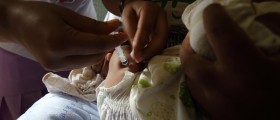


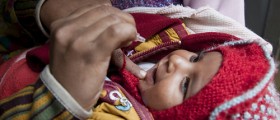







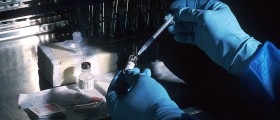
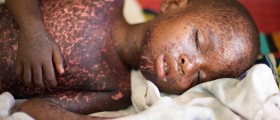

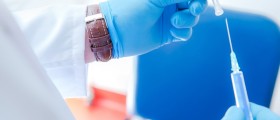
Your thoughts on this
Loading...